#hackberries
Explore tagged Tumblr posts
Text
These ‘Trash Trees’ Are Actually a Banquet for Wildlife. (New York Times)
Excerpt from this New York Times Op-Ed from Margaret Renkl:
Hackberries are native to Alabama, where I grew up, but I was a child born of the piney woods, and I don’t recall ever noticing a single hackberry in my youth. The trees also grow in South Carolina, where I went to graduate school, but they didn’t register with me there, either. I was a newly transplanted Tennessean before I learned about “trash trees,” as people here call them.
The common hackberry is widespread from New England across to the Dakotas and down through the Midwest and Upper South. The Southern hackberry, a species also known as the sugarberry, blankets the Southeast down through Florida and west into Texas and northeastern Mexico. The two species overlap — and sometimes self-hybridize — in Tennessee. The Nashville naturalist Joanna Brichetto, author of the new book “This Is How a Robin Drinks: Essays on Urban Nature,” calls Nashville “the hackberry capital of the world.”
I don’t know if people call them trash trees in other places, but hackberries are widely disdained in the hackberry capital of the world. Their bark is a rough swath of warts. Their pocked, wrinkled, gall-infested leaves always look a little sick. In spring, their flowers drop to the ground and cover the sidewalks, and in fall their berrylike drupes do the same, without any gorgeous fall color to compensate for the mess.
One of the hackberries’ least desirable characteristics is not, strictly speaking, a feature of the trees themselves. Hackberries are targeted by the invasive Asian woolly hackberry aphid, which like all aphids excretes a sticky form of waste called honeydew. In wet summers, rain washes the honeydew away, but in dry years, the honeydew can accumulate and promote the growth of a soot-colored mold on whatever — car, sidewalk, patio furniture — happens to lie beneath the branches of a hackberry tree. “The mold is absolutely harmless,” Ms. Brichetto said when I asked her about it, “but people freak out.”
Unluckiest of all for a tree trying to survive the built human environment, hackberries have a growing habit that also freaks people out. Hackberries can grow giant horizontal branches that sprawl out across great expanses. Left unpruned, those heavy old limbs sometimes drop onto houses during storms.
Sign up for the Opinion Today newsletter Get expert analysis of the news and a guide to the big ideas shaping the world every weekday morning. Get it sent to your inbox.
By now you’re thinking, “Yeah, that’s totally a trash tree.” I spent my first years here thinking the same thing.
But then, one fall, I started noticing something about those drupes and those gnarly, pitiful-looking leaves: They were feeding a vast array of my wild neighbors at a time when everybody desperately needs to eat. The locals need to fatten up for the cold winter ahead. The migrators need to fatten up for their long journey.
The hackberry is the host plant for dozens of lepidoptera species: 49 here in Middle Tennessee, according to Ms. Brichetto. Butterflies who use hackberries as a nursery include the tawny emperor, the question mark, the mourning cloak and, of course, the beautiful hackberry emperor. It’s impossible not to love a hackberry emperor butterfly. These gentle creatures will land on your skin to partake of the salt and other minerals in your sweat. The behavior is called puddling, and many butterfly species can be found puddling in the mud. Hackberry emperors will puddle right on your hand.
Combine all the juicy caterpillars dining on hackberry leaves and all the tiny, protein-packed bugs inhabiting the galls and all the fruit the hackberry itself produces, and it becomes clear that a hackberry tree is a banquet set with something for everybody. Including us.
4 notes
·
View notes
Text








A windy August afternoon in Chicago
#chicago#lake michigan#montrose#my photos#my places#american goldfinch#wildflowers#lighthouses#great lakes#waves#hackberry emperor#butterflies#tteoov
116 notes
·
View notes
Text
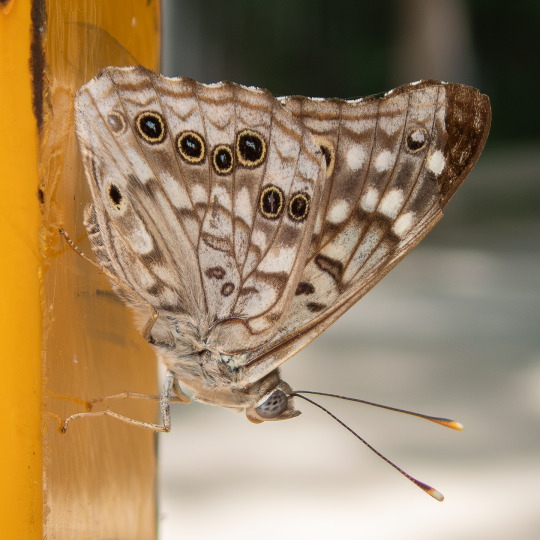
Scientific Name: Asterocampa celtis Common Name(s): Hackberry emperor Family: Nymphalidae (brush-footed butterfly) Life Stage(s): Adult Location: Plano, Texas Season(s): Spring
Ventral wing pattern. See dorsal view here.
#Asterocampa celtis#hackberry emperor#Nymphalidae#Plano#Texas#spring#brown#butterfly#Lepidoptera#insect#bugblr
15 notes
·
View notes
Text
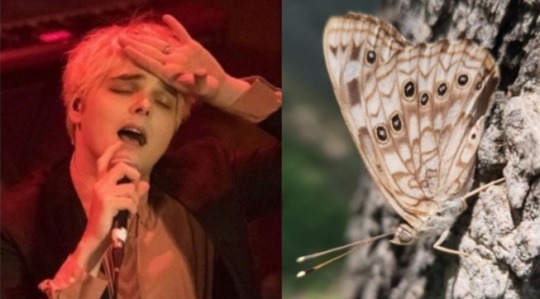
💐This Dramatic Gerard as a Hackberry Emperor Butterfly (Asterocampa celtis) !
Some facts about the Hackberry Emperor Butterfly:
The hackberry emperor is known for being a quick, mercurial butterfly. It often is found along water sources and lowlands, although it lives in a broad range of habitats. Another notable characteristic is that it rarely is spotted visiting a flower, which is considered unusual for a butterfly !
Species in the genus Asterocampa are regarded as being "cheater" organisms, since these butterflies do not pollinate flowers when they feed from them. This species can more accurately be described as parasitizing their hosts and plant food sources since they extract nutrients without providing any benefits to the host ! (Source)
#butterfly'd!#my chemical romance#butterfly#butterflies#hackberry emperor butterfly#mcr#mcr ecosystem#gerard way#gee cosystem#my chem#emosystem#gerard arthur way
14 notes
·
View notes
Text
Where to find/plant 19 types of berries native to North America (source).
UPDATE: I don't know why raspberries weren't included, so here is the native range for black raspberries (source article):

... and here is the range (native & introduced) for red raspberries (source article):

#gardening#foraging#berries#thimbleberry#dewberry#wolfberry#snowberry#barberry#blueberry#blueberries#blackberry#juniper#juniper berry#strawberry#strawberries#marlberry#huckleberry#lingonberry#cranberry#salmonberries#salmonberry#bayberry#mulberry#hackberry#elderberry#elderberries#red elderberry#juneberry#serviceberry#saskatoon
9 notes
·
View notes
Text
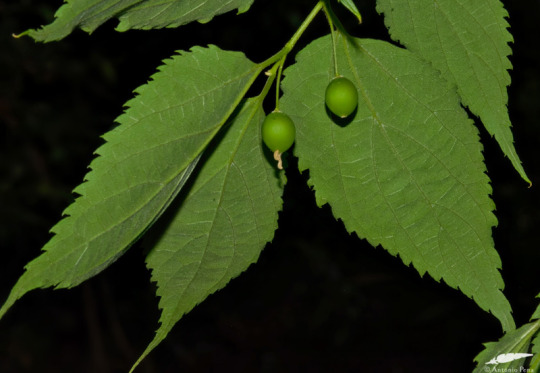
Mediterranean hackberry - Lódão-bastardo (Celtis australis)
Cruz Quebrada/Portugal (6/05/2025)
[Nikon D7100; AF 105mm Micro-Nikkor F2,8]
7 notes
·
View notes
Text
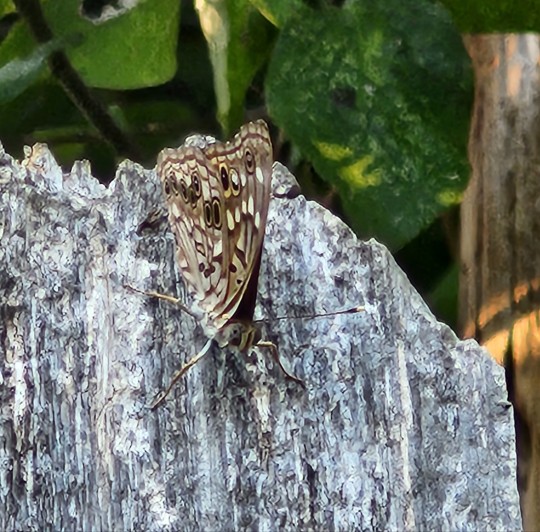
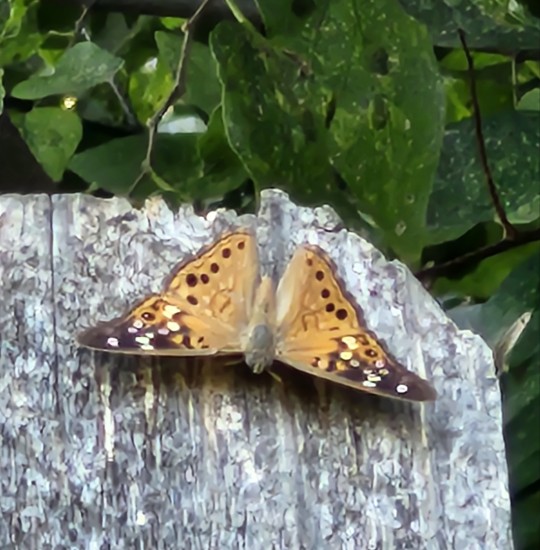
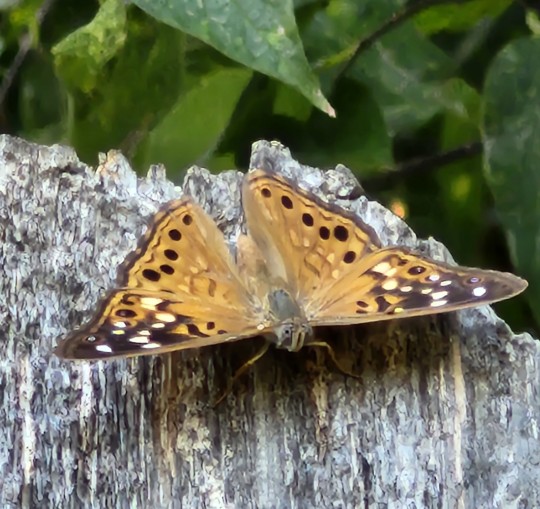
hackberry emperor? im not very familiar with butterflies
#blattodean.collection#photo.collection#lepidoptera#butterflies#bugblr#bugs#insects#undescribed#hackberry emperor#asterocampa celtis
22 notes
·
View notes
Text
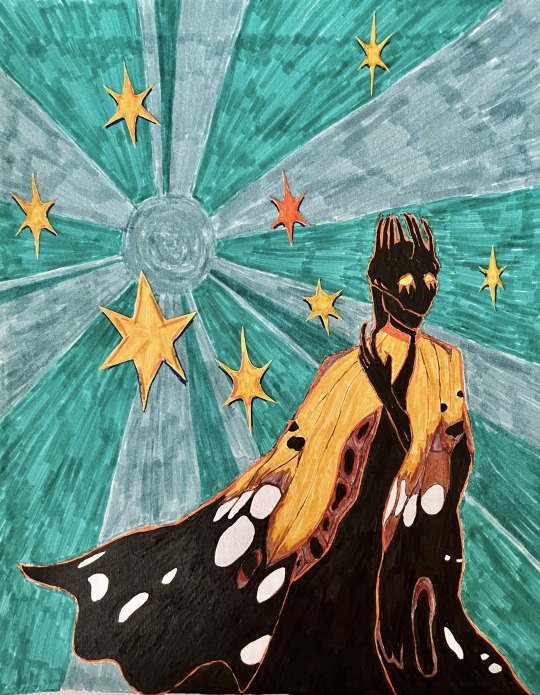
it took me a bit but i did end up doing @mx-paisley 's dtiys. i tried doing it digitally so i could get the colours right, but alas, digital art is really hard. also john's cloak is loosely inspired by the hackberry emperor butterfly which i chose because unlike most butterflies, hackberry emperors are technically parasites!
#i was looking through lists of butterflies and found the hackberry emperor#and felt the primal urge to base john's cloak of a parasitic butterfly#malevolent#mxpaisleymalevdtiys#john doe#john doe malevolent#john malevolent#malevolent podcast#my art#traditional art
43 notes
·
View notes
Text

Potato chip
(Asterocampa celtis)
23 notes
·
View notes
Text
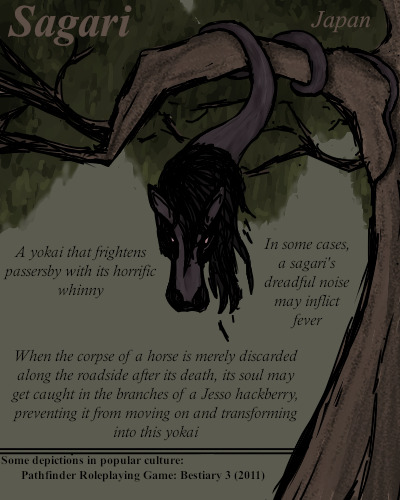
Distorted equine souls caught entwined with branches. As part of its surprise, it not only screams out, but may also suddenly drop from its hidden spot to suddenly dangle in front of its victims.
#BriefBestiary#digital art#fantasy#folklore#legend#yokai#horse yokai#jesso hackberry#japanese hackberry#trapped soul#monster#beast#sagari#japanese folklore#japanese legend
37 notes
·
View notes
Text









Christmas hedge walk on a warm, wet day.
Although, bizarrely, according to @msgraveyarddirt it’s warmer in Northern Scotland today than here in the Southern US. 🤪
#arkansas river valley#ozark foothills#possumhaw#privet#Hazel#green briar#poison ivy#Virginia creeper#hackberry
7 notes
·
View notes
Text
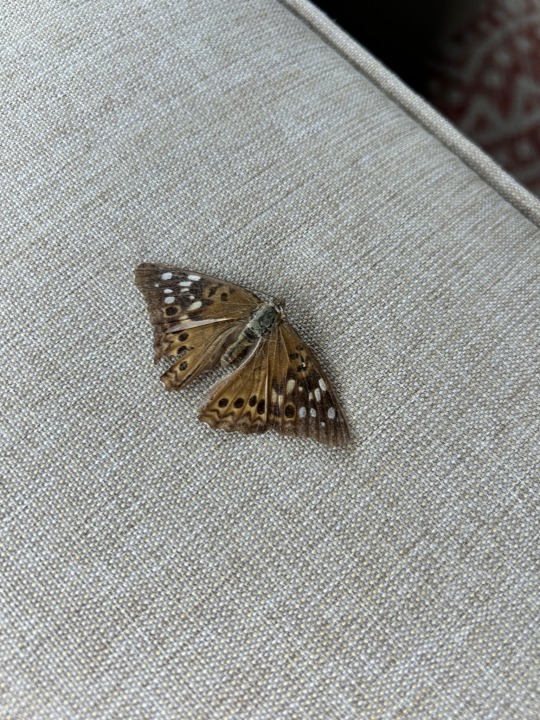
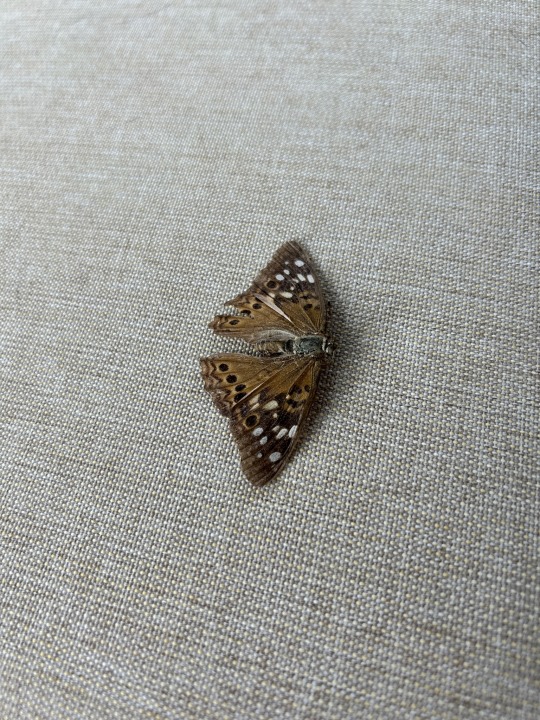
Rip little guy. Victim of the hurricane rains.
8 notes
·
View notes
Text
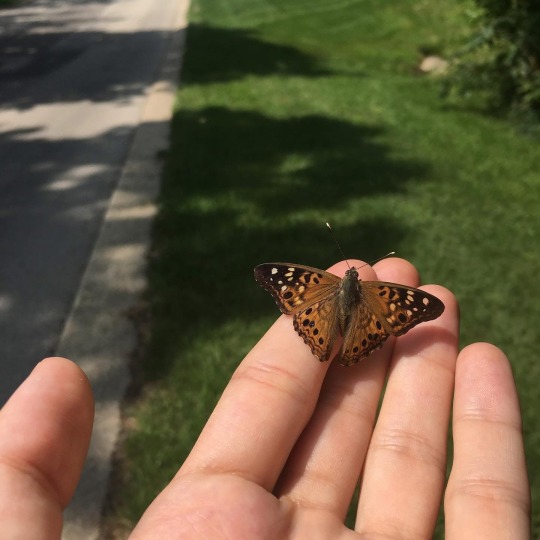
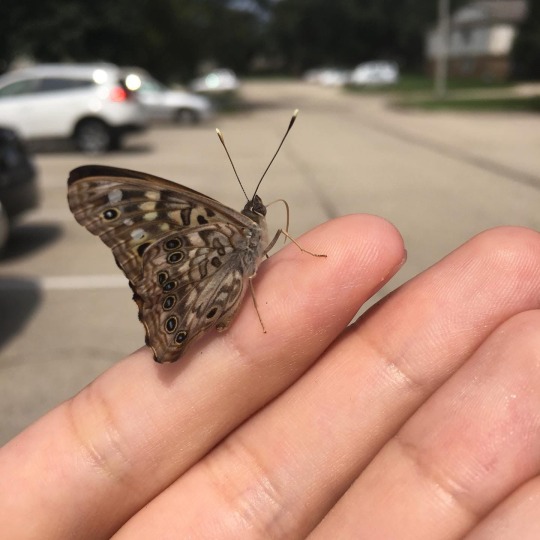
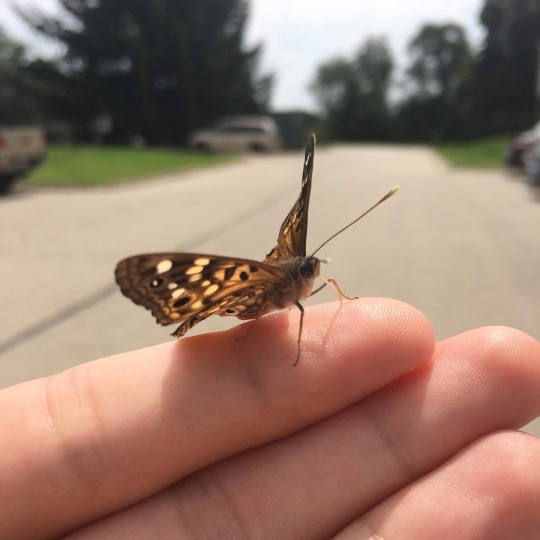
Hackberry Emperor. Illinois, United States. (2018~)
#hackberry emperor#butterfly#illinois#magical mundane#magic#mundane#lepidoptera#fairy#proboscis#foxstone photo#foxstone photos#photography#bug#bugs#bugblr
2 notes
·
View notes
Text

Prunus padus — hackberry a.k.a. hagberry a.k.a. bird cherry a.k.a. Mayday tree
38 notes
·
View notes
Video
SF696wHackberryAZ9-97 by Joseph Blackwell Via Flickr: Santa Fe 696 was westbound at Hackberry, AZ
#bnsf#burlington northern santa fe#atsf#santa fe#bn#burlington northern#1997#trains#freight train#history#hackberry#arizona
26 notes
·
View notes
Text



(1) (2) (3) by taennya-pics
Via Flickr:
instagram ◦ bandcamp ◦ soundcloud ◦ spotify ◦ fb ◦ vk
#wide sky#cloud formations#dreamlike#lighthouses#coastal#flowers#hands#bird cherry#hackberry#hagberry#mayday tree
3 notes
·
View notes